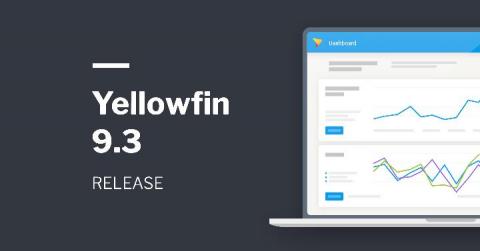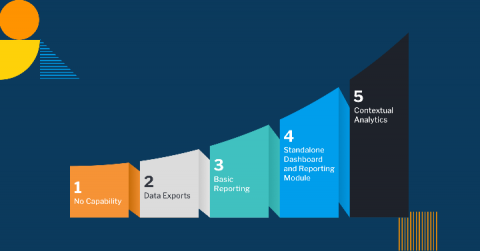Listening to the Customer in the 21st Century: It's All About Data
The customer has never been more right. Across industries, customers have become conditioned to demand not only near-instant responses to their needs but that their needs be anticipated in advance. Financial institutions are not given a pass, despite a competitive landscape flooded with regulation and privacy considerations. The customer still has expectations for a personalized, timely, and relevant experience.







